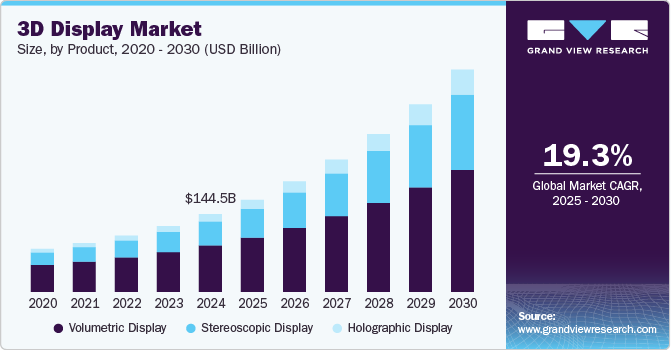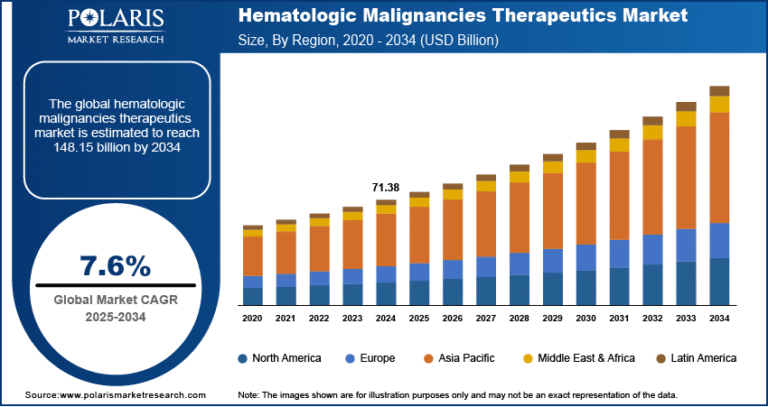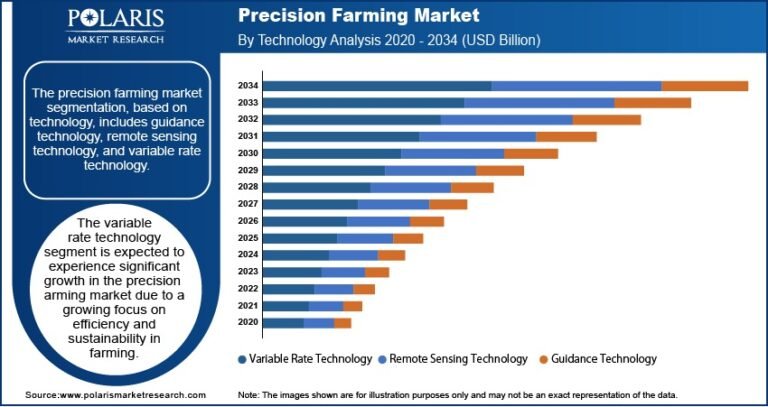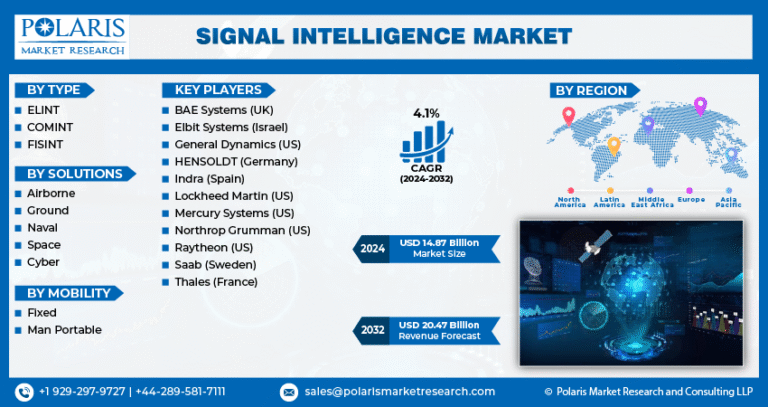3D Display Market growing at a CAGR of 19.3% from 2025 to 2030

The global 3D display market size was estimated at USD 144,540.0 million in 2024 and is projected to reach USD 413,130.0 million by 2030, growing at a CAGR of 19.3% from 2025 to 2030. With the growing popularity of virtual reality (VR), augmented reality (AR), and gaming, there has been a significant push for 3D displays to provide more immersive experiences.
Key Market Trends & Insights
- In terms of region, Asia Pacific was the largest revenue generating market in 2024.
- Country-wise, U.S. is expected to grow significantly at a CAGR of 17.6% from 2025 to 2030.
- In terms of segment, the stereoscopic display segment dominated the market and accounted for the revenue share of nearly 60.0% in 2024.
- In terms of Technology, the LED segment accounted for the largest revenue share of over 71.0% in 2024.
- In terms of Access Method, the screen-based display segment accounted for the largest revenue share of over 63.0% in 2024.
Market Size & Forecast
- 2024 Market Size: USD 144,540.0 Million
- 2030 Projected Market Size: USD 413,130.0 Million
- CAGR (2025-2030): 19.3%
- Asia Pacific: Largest market in 2024
Consumers are increasingly seeking higher-quality visual experiences, which are facilitated by 3D displays that deliver more lifelike and engaging content.
Request a free sample copy or view report summary: https://www.grandviewresearch.com/industry-analysis/3d-display-market/request/rs1
In addition to entertainment, the healthcare industry is also contributing to the market’s growth. The use of 3D displays for medical imaging, surgical planning, and training simulations is gaining traction. These displays enable more accurate and detailed visualization of medical data, aiding in better decision-making for healthcare professionals. This trend is expected to continue as the healthcare sector increasingly invests in advanced technologies. For instance, in March 2025, VividQ, a U.K.-based display technology provider, introduced a groundbreaking 3D holographic gaming experience by making the iconic Call of Duty franchise playable in holographic form. The company ported Call of Duty: Modern Warfare II to its hologram-compatible format, showcasing impressive advancements in image quality, frame rate (FPS), and the cutting-edge holographic hardware display platform. This innovation marks a significant milestone in the gaming industry, allowing players to experience games in lifelike 3D holograms.
Moreover, traditional flat displays are increasingly being replaced by 3D signage, which draws more attention and captivates customers in ways that static or 2D images cannot. 3D displays offer depth, movement, and dynamic visuals that stand out, making them highly effective in grabbing the attention of passersby. They have become a powerful tool in retail windows and in-store displays to showcase products in an innovative and visually stunning way. For example, a 3D display can make a shoe appear as if it is floating in mid-air or allow a piece of clothing to be shown from multiple angles, giving customers a more interactive and realistic view of the product.






